Explore Northern Ireland: A Guide to Derry
Posted by: kirsty_wilson in Europe, tags: Culture, Memorial, Northern Ireland, RiversAs far as Northern Ireland goes, there is so much to see beyond the city limits of its Belfast capital. The second largest city in Ireland, Derry (or Londonderry, as it’s also known) is spread across both sides of the River Foyle and its position lends itself to being an excellent base for exploring the country (including nearby County Antrim) as well as the Republic of Ireland – namely Donegal and Inishowen. A city steeped in history as well as modern amenities, Derry is a quintessentially Irish town that is well worth a visit.
Staying in Derry can be an affordable prospect – you can find a hotel in Derry that is well within a reasonable budget, and places you in the heart of the city ready to explore.
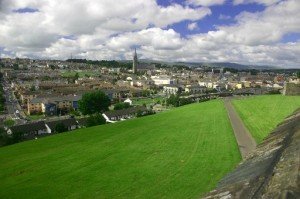 In 2010, Derry was shortlisted for the prominent accolade of City of Culture 2013 and is proud to be the inaugural holder of the award next year. It’s easy to see why the city achieved the honour as well, as it provides a myriad of cultural offerings to its visitors.
In 2010, Derry was shortlisted for the prominent accolade of City of Culture 2013 and is proud to be the inaugural holder of the award next year. It’s easy to see why the city achieved the honour as well, as it provides a myriad of cultural offerings to its visitors.
The Workhouse Museum is a museum over two floors, which offers insight into workhouse life during the 19th century and is also home to the Atlantic Memorial exhibition which covers Derry’s activity during the Battle of the Atlantic in World War 2.
The Tower Museum that opened in 1992 is home to two permanent exhibitions as well as visiting exhibitions throughout the year. The ‘Story of Derry’ does exactly what it says on the tin, and you can also enjoy the ‘An Armada Shipwreck’ exhibition that holds artefacts found in Kinnagoe Bay, back in the 70s, that belonged to a 16th century shipwreck.
If you’re interested in local history, be sure to pay your respects to the Bloody Sunday Memorial in Glenfada Park that pays tribute to those who lost their lives during the plight of Bloody Sunday in 1972. There is also some archive space and an exhibition for you to peruse directly opposite the plinth.
A hankering for a spot of retail therapy can be satiated with the handful of shopping centres in the area, including Foyleside, Lisnagelvin and Quayside, whilst there are also a huge number of independent stores and shops, catering for any requirement, strewn across this vibrant city.
For a meal out, La Sosta provides some fine Italian cuisine, whilst if a gastropub is what you’re after, look no further than Badger’s Place for some top quality hearty grub. There are also plenty of traditional Irish establishments that are nestled on the banks of the River Foyle for you to sample if something a little more rustic is what you’re looking for.
Venture out of the city and head for the border between Northern Ireland and the Republic of Ireland. With Derry being in close proximity to the borders, you can appreciate the natural beauty of Donegal during your trip. The Glenveagh National Park is simply breathtaking and just north of Derry; you can find the Inishowen Peninsula which offers a 100-mile scenic drive that comes highly recommended.
Book your hotel in Derry today and look forward to exploring another corner of Northern Ireland.

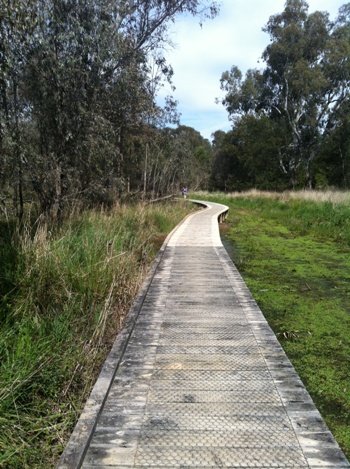
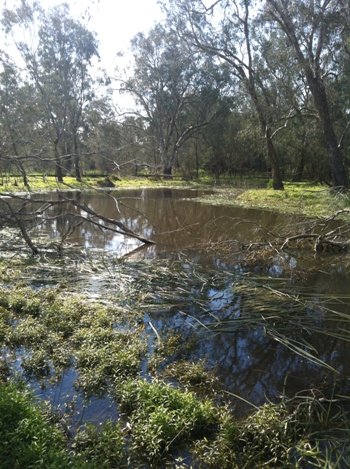

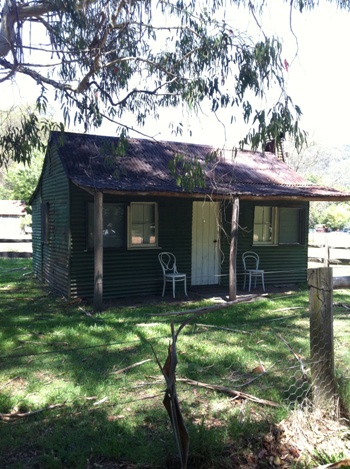
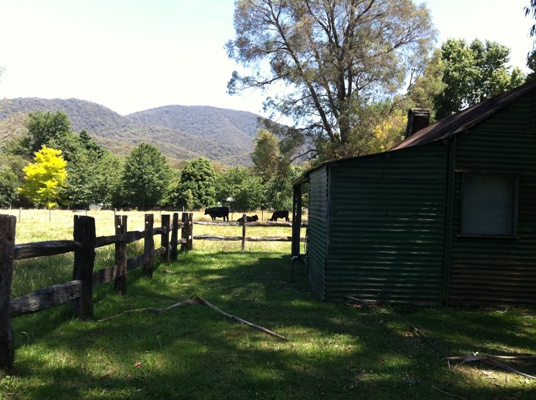

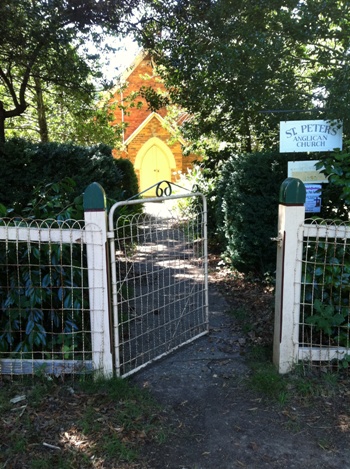

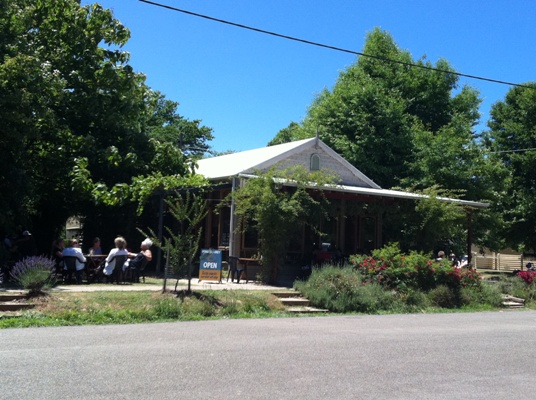
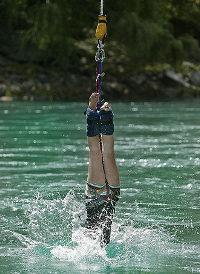

 Entries (RSS)
Entries (RSS)